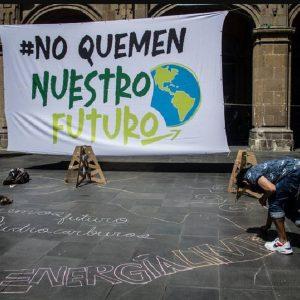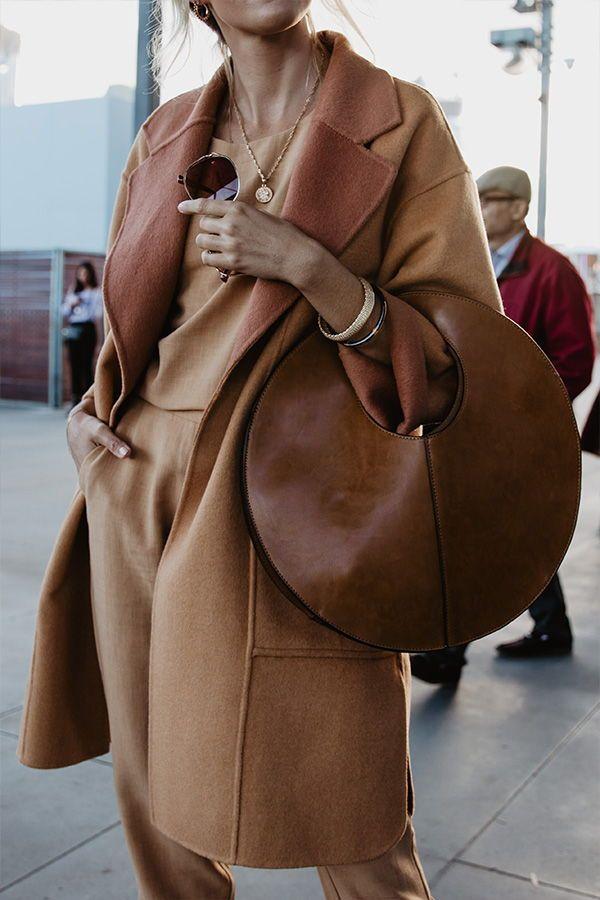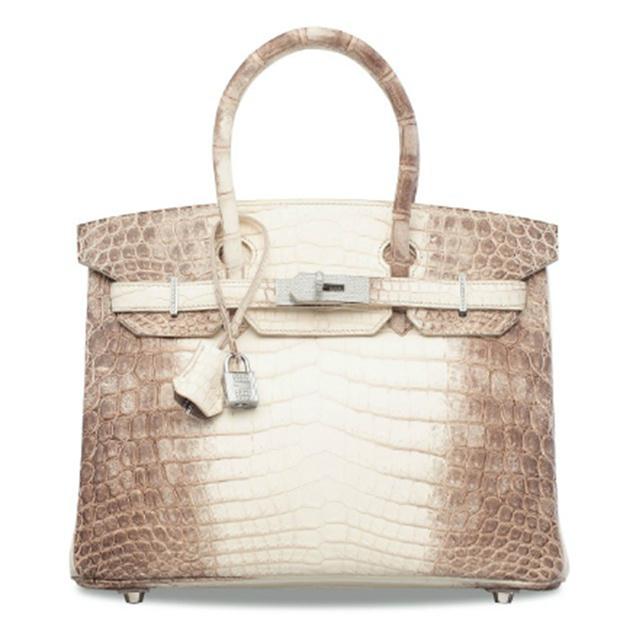HAVE you had clothes in your wardrobe with the label still on for more than a month? In a change of season or reorganization have you discovered a garment whose existence you had forgotten? Have you realized - with dread - that the black T-shirt you just bought is exactly the same as three others that are piled up in a drawer (put here the object and the number that best represents your compulsion)? How many clothes do you treasure that you haven't worn since you released them? Don't worry: you are not alone. But he already knows what kind of comfort that is. The spidical consumption cycle in which we are immersed means that we retire garments earlier and earlier, which translates each year into 500,000 million euros thrown away or, in the best of cases, to the recycling container, according to includes the latest report prepared by the McKinsey & Company agency in collaboration with the specialized fashion portal The Business of Fashion.
This waste is calculated between 10 and 14 kilos per year per Spaniard, according to the Iberian Association of Textile Recycling. The European country that consumes the most garments, the United Kingdom, reaches 300,000 tons. And only in the 800 Zara stores equipped with containers since 2015, more than 34,000 have already been collected. But there is an even more devastating figure: only 1% of textile fiber is recycled, according to data from the Ellen MacArthur Foundation, a world leader in promoting the circular economy. This enormous waste has contributed to making the textile industry the second most polluting in the world. A sector that, if it continues like this, will be responsible for 25% of CO2 emissions in 2050.
At this point, as the activist Ellen MacArthur claims, it is not enough to do less damage. "We have to change the way we manufacture, but also the way we wear clothes." Using organic cotton and new biodegradable materials is fine —it relieves consciences and saves resources—, but it is insufficient.
For this reason, among other reasons, more and more people are betting on a new way of consuming fashion that is as old as black thread. And that is based on the method of the three Rs: reuse, repair and recycle. The goal is to buy less and better. That the clothes have a longer and more efficient life. Also because, in that vicious circle that leads us to accumulate it as if it were free, it loses value regardless of the price marked on its label. When there are yogurts that last longer in the fridge than dresses in the cupboard, fashion becomes something fleeting and irrelevant: a throwaway good. This is defended by Cynthia Bagué, a fashion blogger who woke up on January 1, 2016 with a kamikaze New Year's resolution (taking into account her way of earning a living): not to make a single addition to her wardrobe until 2017. True that his received year after year many more pieces than the 34 that, on average, each Spaniard acquires; and that thanks to this she managed to overcome the "withdrawal syndrome". Along the way, he saved money, discovered that his attics were full of forgotten treasures, and confirmed that, like most people, he followed the "80-20 rule," which says that 80% of the time we only use 20 % of our clothes: “With which we feel most comfortable and that represents us”. Since then, she says that she consumes much more vintage pieces: "They are the oldest that I have, of course, but since they are beautifully sewn and made with wonderful fabrics, they are in better condition than many new ones." In addition, she has begun to organize clothing exchange parties with friends, but also others open to an increasingly involved public through Instagram. The used and second-hand clothing market has always been there, but for a few years it has experienced a great boom mainly motivated by the constant revival imposed by the catwalks. Luxury brands ruthlessly plunder the aesthetics of past decades to build their collections and today almost any garment salvaged from the seventies, eighties or nineties can go from the memory lane to the street without the need for major adaptations.
“Although it is still emerging, there is another trend – almost a change in mindset – in which I have all my faith. I hope that buying and throwing clothes without stopping ends up being considered tacky ”. The speaker is María Almazán, founder of Latitude, a company specialized in advising large and small firms in their sustainable transition. The latest news confirms that this movement that it advocates, although timid, is already underway: in September, Oxfam Intermón launched a campaign in which it asked consumers to refrain from buying clothes for 30 days and, if they did, to choose by charitable thrift stores.

The time will come when wasting clothes will be as frowned upon as not recycling garbage. This is also the opinion of Judit Barrullas, an expert in collaborative economy and professor at the Open University of Catalonia. “It will be considered uncivil.” And she points out that the new generations — “those who have studied climate change in their textbooks” — are already at that point. It is not, however, about putting all the responsibility on the consumer: it is, in her opinion, overwhelming and counterproductive. “We are talking about a macro-industry that has been telling us for years that the best thing is that we do not repeat the model, that we go to the store every week. We cannot require ourselves to make radical changes when we are talking about guidelines that have been ingrained for years,” agrees Almazán. Nor can one underestimate what this purchasing power has meant in a country like Spain, "where in the 1970s several generations went from hoarding one coat to being able to have four." The objective is not, then, to embrace the habit with the faith of the convert and tighten the sackcloth, but to consume clothes responsibly just as we are invited to do with food or energy.
But to achieve this, the textile industry must also play its part and offer quality garments that last: give up planned textile obsolescence. Who hasn't been a victim of the incredible case of the sweater that sprouts balls just by looking at it or of the black jeans that after just one wash take on a fly wing tone. How many times —as in a relationship— have we fallen in love with a garment —expensive or cheap— because of how it fits us, makes us feel or because of what it evokes us, and we have wanted to stretch its existence beyond its possibilities, ignoring little holes, sleeves threadbare, worn elbow pads: clothing we have reluctantly retired—and even sincerely thanked for the services rendered—wishing it had lasted a little longer. The proof that this trend is not going to remain a bourgeois whim is, in Barrullas' opinion, that the sector is already entering the rag. From traditional tailors, such as Burgos in Madrid, which offers its customers the possibility of replacing the worn collars of their shirts, to fast fashion firms such as Arket, a brand belonging to the H&M group that prides itself on having built its brand concept on around the longevity of its garments and the commitment to lasting design and quality. Between both extremes is a growing supply of technological fabrics that are more resistant than Teflon: Uniqlo's Blocktech, which promises to stop wind and rain; the Laminar by Herno, which is breathable and waterproof, or the stain-resistant tweed by Ermenegildo Zegna.
“The real change in the sector will come when there is a global regulation on textile waste and consumers slow down the pace of purchase. But the industry knows that it is going to happen and is preparing itself so that it is not caught off guard”, summarizes María Almazán.
While this is happening, a sector is gaining prominence again: the repair sector. Why discard a bag we love when a handle breaks? "Because sometimes, for what the repair costs, we feel that it is not worth it," says Cynthia Bagué. “Recently I had a wonderful dress fitted that my grandmother wore for my brother's baptism 25 years ago and that she had already modified by shortening her sleeves. And my boyfriend told me: 'For the money you paid you could have bought a new one'. But it is not the same, ”she sentences. Once again —argues Almazán—, everything depends on the value that is given to things and on whether or not we are willing to recognize and assume the consequences of producing that object with which we are going to replace the damaged one: spending on fabric, the energy used in its production and transport, the emission of greenhouse gases that this process represents (and which is estimated to amount to 1,200 million tons for the entire textile sector), the plastic microfibers that are dumped into the ocean (20 million tons in 2050, if we continue at this rate)…
The most significant thing, according to María Almazán, is that "it is no longer something that is talked about at the end of a Greenpeace assembly, like 10 years ago, but at a dinner with friends who take photos of their avocado toast, live in townhouses and drive SUVs.” People who, with their purchasing decisions, have brought organic food from a hidden corner in some select supermarkets to the central aisles of any neighborhood store, as Professor Judit Barrullas points out. And that, armed with their credit card, they can also change their textile consumption.
Laura of the Well
"We aspire to make garments with which you establish a relationship of affection like the one you have with your father's sweater: clothes that, when you get tired of wearing them, you save and recover after two years, and that within 15 your children will steal them. ”.
“Cotton can be very organic, but if it comes by plane from Turkey, it has a huge environmental footprint. The fabric influences the price a lot, and some brands sacrifice a bit of quality—and durability—to be more competitive. If it's nice and a bargain, you buy it without thinking that in three washes it will turn into a rag."
Sanchez Shoe Repair
“Before, inertia was buying one shoe when another broke. Which is like throwing away a new car because it has a flat tire. And this works for shoes that cost 1,000 euros or for Chinese shoes. But we have noticed that, for five years, people fix more and more. In fact, we are planning to open our fourth store.”
“The first is from 1978, so we have clients aged 104 and 18. Sometimes, especially young people, they don't know that there are many things that allow a bag, shoe or belt to look like new. It is true that some of these arrangements are expensive because they are authentic works of craftsmanship, but, if the product is valued, it is worth it”.
Cynthia Bague
“When you buy less, you think more about each decision. You give more value to the garment you finally choose and it becomes something special”. “In addition, there is still the prejudice that reusing or repairing is crappy and that if you do it it's because you don't have money. But, if you travel through Europe, you realize that it is much more normalized, even with decoration or cosmetics. Picking up a precious piece of furniture from the container is no longer something just for perroflautas”.
EL PAÍS is part of Covering Climate Now, a global initiative of more than 220 media outlets focused on drawing attention to the climate crisis.




